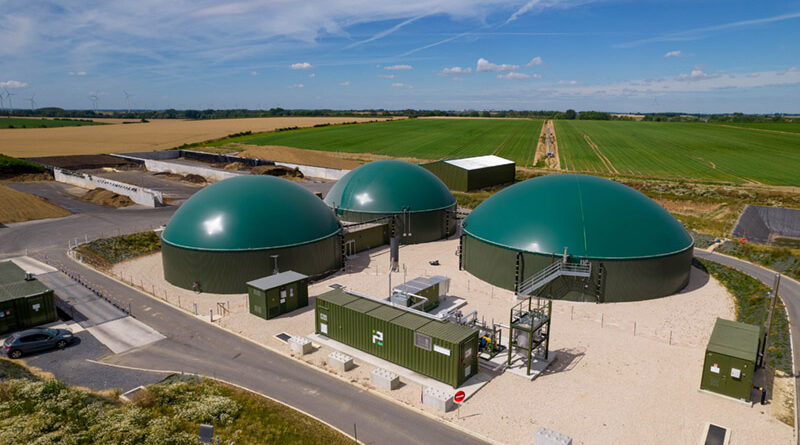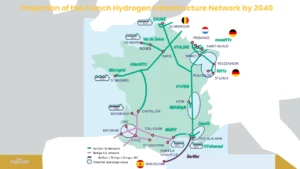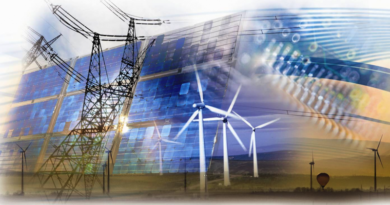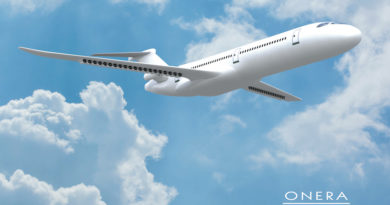
Ensuring Sustainable and Resilient Energy Security in Europe
Energy Systems Integration: The Backbone of a Resilient, Net-zero Future
Under the European Climate Law of 2021, Europe has set an ambitious decarbonization target, aiming for carbon neutrality by 2050. Discussions are ongoing regarding an intermediate target of a 90% reduction in emissions by 2040. These objectives are essential for preserving the planet’s climate, but they are also challenging to achieve, raising questions about economic sustainability and social acceptability.
All decarbonized energy sources have a role to play: no single technology or energy source can provide the solution alone.
Renewable and low-carbon gas technologies — biomethane, hydrogen (H2), and carbon capture, utilization, and storage (CCUS) — are part of the solution in achieving a quick and sustainable decarbonization of Europe while also strengthening energy security and sovereignty. Their contribution to the EU energy objectives is not only possible, but also essential.
It is in the interest of Europe’s energy system to establish an ambitious framework for the development of these technologies. The successful deployment of biomethane, hydrogen, and CCUS will necessarily rely on infrastructure, linking production, consumption, and storage.
An interconnected and transnational system allows for cost optimization and ensures supply security — as demonstrated by the gas system, which continued to supply Europe despite the consequences of the war in Ukraine. Existing infrastructure can be adapted to accommodate renewable and low-carbon gases without significant additional costs, as proven by the successful development of biomethane in several European countries, and especially in France. One should keep in mind that Europe has one of the most advanced and interconnected networks globally, particularly in terms of cross-border cooperation, grid resilience, and renewable energy integration. This network is a crucial strategic asset and a significant competitive advantage in advancing the energy transition and decarbonization goals.
Biomethane (or renewable methane) can be produced through anaerobic digestion, or other waste-to-energy processes such as pyro-gasification or hydrothermal gasification. It is “made in Europe.” It drives an economically valuable dynamic by fostering an expertise-based industry and generating additional income for farmers, while also providing a waste treatment solution and numerous other positive environmental externalities. Anaerobic digestion produces a digestate usable as fertilizer. Biomethane is a dispatchable, storable energy source, that enhances the diversification of our energy mix, complementing intermittent renewable electricity. Moreover, it requires no modifications of end-user equipment. Biomethane is already a significant reality in France, with an installed capacity of 14 TWh per year (equivalent to two nuclear reactor units) and nearly 740 production sites. Every cubic meter of renewable methane produced in France and in Europe strengthens our energy sovereignty. The draft French Energy and Climate Strategy (SFEC), put forward for consultation in November 2024, proposes an acceleration of biomethane deployment by 2030, with a target injection of 44 TWh of biomethane from anaerobic digestion—equivalent to 15% renewable gas in the grid. Other technologies, such as pyro-gasification and hydrothermal gasification, can also produce renewable and low-carbon biomethane using currently underutilized or not valued inputs. These technologies offer solutions for processing waste that is otherwise difficult to manage (such as liquid waste or biologically hazardous materials). Europe would greatly benefit from setting ambitious targets for biomethane production from methanization, and from supporting the development of second-generation technologies, as was envisioned in the 2022 RePowerEU plan, which a imed for 350 TWh of biomethane production by 2030.
A second decarbonization solution is hydrogen, an energy carrier that connects electric and gas systems. It’s a key solution provided by the gas system for decarbonization.
Its advantages are well known: low-carbon production and combustion, the ability to be stored in large volumes for months, and suitability for high-temperature industrial processes. Consequently, hydrogen is a major component of European decarbonization plans. The new EU gas and hydrogen directive 2024/1788/EU establishes a regulatory framework for the development of this energy carrier. As stated in Article 55 of this directive, hydrogen transport infrastructure — like methane networks — must be planned to connect production, consumption, and storage while ensuring consistency with other energy sources, such as methane and electricity.
NaTran (formerly GRTgaz) is actively developing concrete cross-border hydrogen pipeline projects, following expectations expressed by market players. These projects include MosaHyc and RhYn with Germany and the H2Med-BarMar project, which will connect Portugal, Spain, France, and Germany via hydrogen pipelines. The H2Med corridor will play a key role in strengthening Europe’s energy security by enabling the transport of approximately 10% of the continent’s projected hydrogen demand by 2030.
A third complementary decarbonization solution using gas technologies is carbon capture, utilization, and storage (CCUS). This technology is particularly suited for certain industries, especially those where emissions result from chemical reactions inherent to production processes (such as cement manufacturing) or for capturing emissions from bioenergy combustion (BECCS), enabling large-scale negative emissions. CCUS is thus set to play a crucial role in achieving long-term carbon neutrality.
To optimize the development of hydrogen and CO2 networks while keeping costs under control, national and European master plans must be established to achieve an optimal techno-economic balance.
In conclusion, a European decarbonization strategy only based on a massive electrification of end uses would put at risk our energy system, in terms of resilience and sovereignty.
A diversified mix of solutions, integrating renewable and low-carbon gas solutions “made in Europe,” offers a more balanced approach — especially considering that all sources of energy are subject to geopolitical constraints to varying degrees (including electricity, due to imports of photovoltaic and wind power equipment, batteries, electric vehicles, and nuclear fuel).
In complement to electricity, the gas system provides essential flexibility, storability, and resilience to the energy system, while fostering value creation within Europe through concrete solutions tailored to users’ needs — particularly industrial users — to reach carbon neutrality: renewable and low-carbon methane, hydrogen, and CO2 capture and storage. Therefore, a joint master planning of gas (methane, hydrogen, and CO2) and electricity networks is essential to ensure a resilient and economically sustainable energy transition. The new EU energy policy framework must remain open and supportive of all cost-efficient technologies that drive the energy transition.





